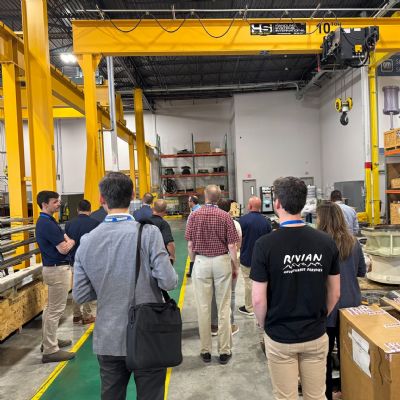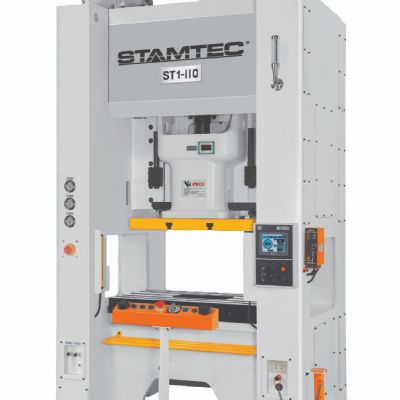Revitalizing a Used Mechanical Power Press, Part 6: Who will Drive; Where is the Road Map?
July 1, 2011Comments
There is no shortage of auctioned mechanical presses, available for pennies on the dollar. And while the previous five installments of this series addressed the press-related issues that must be addressed when bringing a used press to your shop floor, I often wonder how qualified shop operators, setters and maintenance personnel are to operate and maintain newly acquired used press.
Are your shop’s pressroom personnel up to the task of running a press that may be radically different from any other press on the shop floor? Just how do they go about maximizing the performance of this new arrival? Here are a few guidelines.
1) Create a technical library. If you want to see some of the most puzzled looks in a stamping shop, ask where the equipment manuals are located. The answers are coupled with lots of hand waving and hemming and hawing. “They may be in maintenance...no wait, they are up in engineering...come to think of it, we really have not seen any manuals in years,” is the likely reply. Shops should maintain a centralized and well-maintained technical library for all equipment, a place to go when questions arise about the proper operation/maintenance of any piece of equipment.
This proves particularly important for newly acquired used presses. Make every effort to track down not only the manuals for each press, but also any technical updates. This should be easy to do if the manufacturer remains in business; if not, an Easter-egg hunt results, involving searches on Google and EBay, and phone calls to press rebuilders and the like.
Why such a need? Well, everything from the proper counterbalance adjustments to the parallelism of the ram to the critical angle for the brakes, etc., are clearly delineated within these manuals. Without the press manufacturer’s data how do you know what the proper press setup and maintenance parameters should be?
2) Invest in schooling. If the press manufacturer is still in business, send your pressroom and maintenance personnel to them for training related to the newly acquired used press. The manufacturer also may be able to conduct training inhouse at your location. In addition, there are independent press rebuilders and consultants who offer such training.
Just imagine the confusion on the part of your technical staff when faced with a press that differs greatly from any other press they have ever worked on or operated.









